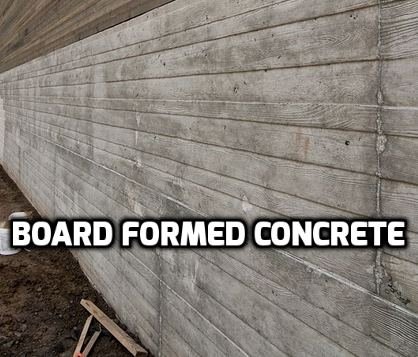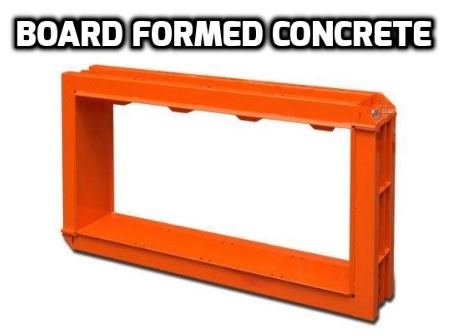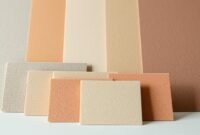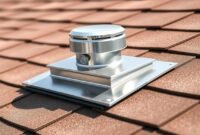Nature lovers may love the ambiance of a wooden house. Yet, acquiring high-quality wood is increasingly challenging and costly nowadays. For those yearning for walls that mimic the aesthetic of wood, board-formed concrete offers a compelling alternative.
This technique allows for the natural wood grain texture to be imprinted onto the concrete, delivering a rustic yet durable surface.
Having walls that look like wood is appealing, and board-formed concrete achieves this with a unique process. It takes time to perfect the true surface color of the formed wall, ensuring it harmoniously blends with your home design. Additionally, concrete block forms serve as practical solutions to delineate spaces.
To initiate this transformation, contacting a reputable concrete company is advisable. Alternatively, your engineer can coordinate with their team to facilitate this. It’s essential to understand the variety of concrete block forms available and how they can be integrated into your design.

Concrete Block Forms
There are many forms of concrete blocks that concrete companies can offer to their customers. Dividing two rooms or spaces and blocking people’s view is no longer a problem with concrete block forms. See the ideas of the form of concrete block that you can choose below.
- Large Block Forms: these forms are for aggregate bins, parking lots, retaining walls, wellhead protectors, ramps, waste transfer sites, and silage pits.
- Small Block Forms: these forms are for home retaining walls and planters.
- Starter Block Forms: these forms are for parking areas and other areas with jersey barriers to prevent vehicles from scratches.
- Block Form Liners: these forms have plastic liners inside to make decorative fronts. Obviously, people can use them everywhere as walls to separate two spaces.

Solutions for wood lovers
Nature lovers or wood lovers, to be exact, don’t have to worry anymore. There is a solution for you to consider. It is the board-formed concrete the solution is. What do you know about this? Before we talk more and more about this, let’s see the advantages and disadvantages of living in a wooden and concrete house.
- Concrete: as we know that concrete is durable, needs low maintenance, doesn’t get rust, can resist water, wind, and fire, can retain and absorb heat, resist sound effectively, etc. Concrete, however, is expensive, slow to build with, prone to efflorescence, very heavy and difficult to transport, less versatile, etc.
- Woods: we know that woods are flexible, versatile, easy and light to transport, biodegradable, etc. However, woods can’t stand fire, prone to get mold, moisture, dirt, noise, and floor cracking, not soundproofing.
Now, how about living in a house made from concrete but can still have the wood texture on the walls? Don’t you think it’s great? If you are interested in having this kind of concrete wall and a bit confused about the wood texture you will see for a long time, see the tips below.
Tips to get a fine concrete wood finish
- You should have a great color consistency and cohesiveness by having the same materials, color, and proportion and minimizing variation.
- Be careful with form face selection. Make sure the form face you choose to shutter is not split, rough, or uneven.
- Discuss placing and compacting the concrete with your architect. Tell him/her that you want a defect-free surface finish.
- Also, ask your architect to explain how he/she and his/her team deal with formwork pressures for shuttering the walls, final clean, aesthetic value, etc. Get clear about these things.
So, what do you think? Are you more persistent now about upgrading your house with the concretes mentioned? Hopefully, the article about board-formed concrete and concrete block forms can inspire you.


